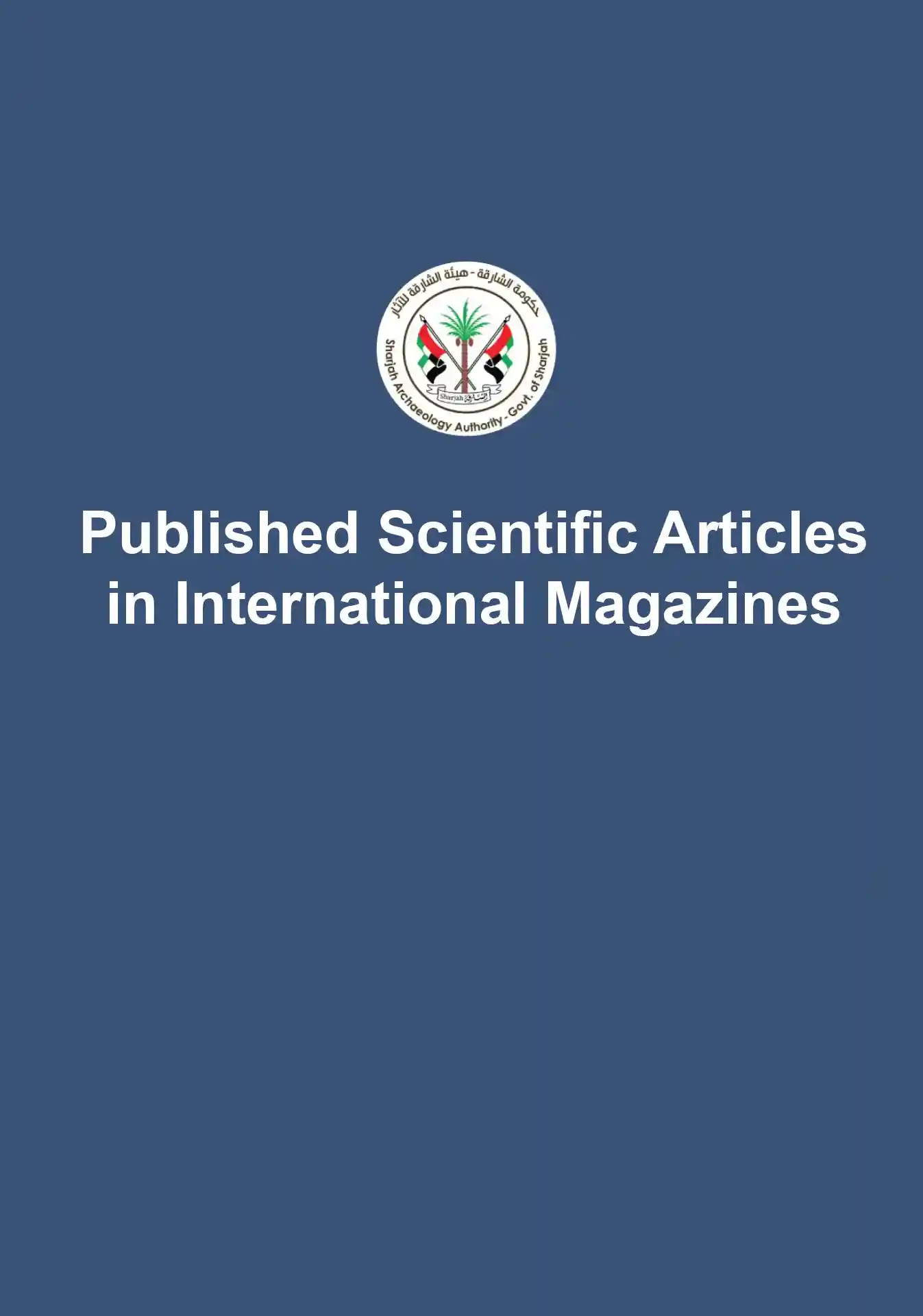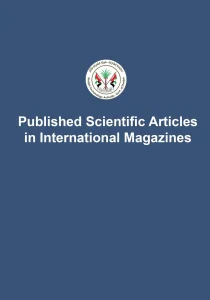Published Date : 2016
Auther : John Wiley - Sons A/s
Publisher : Arabian archaeology and epigraphy
Available Languages -
The main part of the article delves into the analysis of the inscription itself. It provides a comprehensive description of the Aramaic and Hasaitic texts, including a discussion of the language used and the script employed. The article also highlights the significance of the inscription in terms of our understanding of the region’s history and culture.
The inscription, as the article notes, commemorates the deceased, Amud, and was erected by his son, also named Amud. It also provides information on the date of the tomb’s construction, which is believed to be either 90 or 97 BC.
The article further explores the relationship between the Aramaic and Hasaitic texts. The authors argue that the two texts share similarities in terms of structure and content, suggesting that both languages were used concurrently in the region at the time. Additionally, the article discusses the inscription’s importance in understanding the development of ancient Semitic languages. It offers new insights into the interaction of Semitic languages during that period.
Geographical Distribution of Archaeological Sites in United Arab Emirates
Published Date : 2023
Publisher : Sharjah Archaeology Authority
Available Languages -
The book examines the map of archaeological sites in United Arab Emirates and discusses the ...
Camel and horse skeletons from protohistoric graves at Mleiha in the Emirate of Sharjah (U.A.E.)
Published Date : 1999
Auther : Munksgard
Publisher : Arabian archaeology and epigraphy
Available Languages -
This study analyzes animal remains discovered in a burial ground at Mleiha in the United ...


